AI Model Efficiency Guru - AI Model Optimization
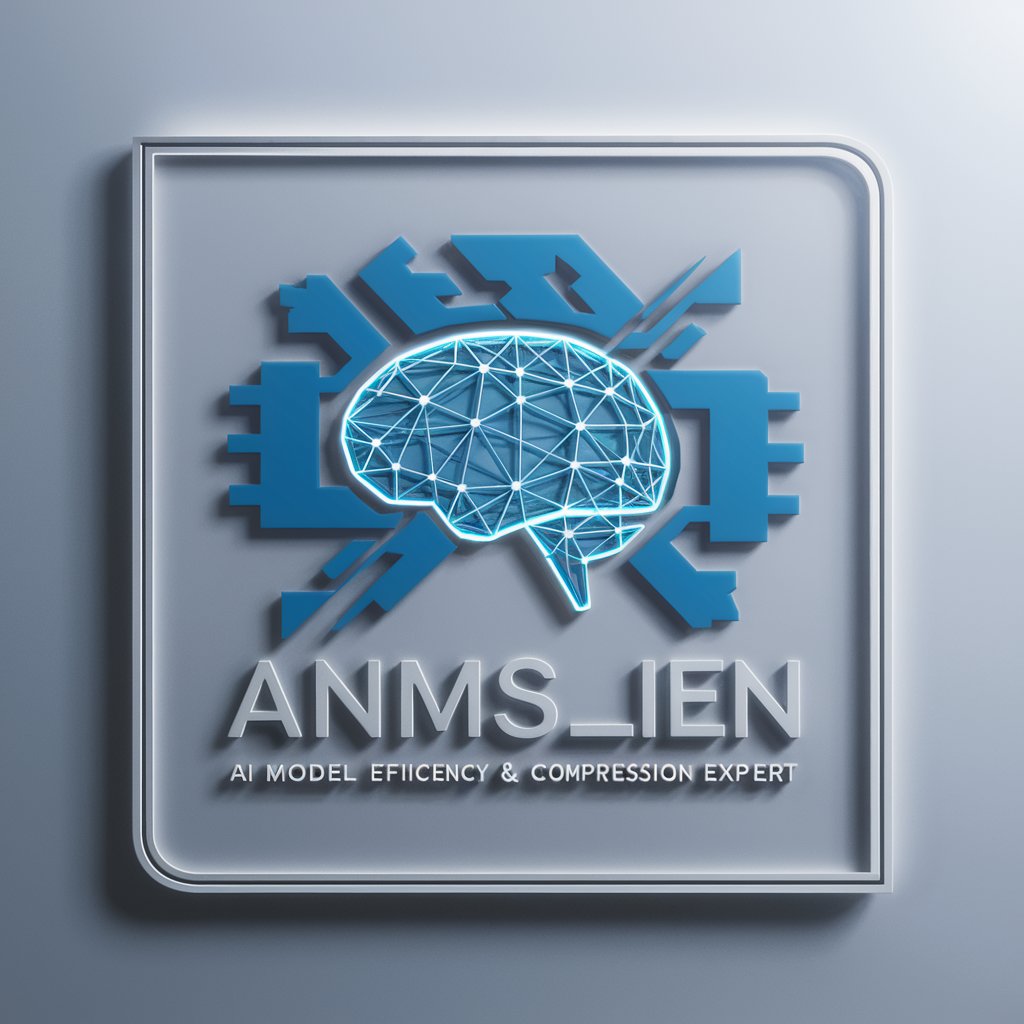
Welcome to advanced AI model efficiency and compression insights.
Optimize AI with cutting-edge efficiency
Explain the advantages of dynamic quantization in neural networks...
Discuss the trade-offs between model size and accuracy in quantization-aware training...
What are the latest trends in Neural Architecture Search for model efficiency...
How do pruning algorithms enhance the performance of neural networks...
Get Embed Code
Understanding AI Model Efficiency Guru
AI Model Efficiency Guru is designed as an expert system specializing in the field of artificial intelligence (AI) model efficiency and compression techniques. Its core purpose is to provide in-depth insights, advice, and practical solutions to enhance the efficiency of neural network models. This includes optimizing model architecture, reducing computational demands, and maintaining or improving accuracy under constraints of lower resource usage. The Guru covers advanced topics like Neural Architecture Search (NAS), dynamic quantization, neural network distillation, the use of hardware accelerators (TPUs, GPUs), pruning algorithms, and knowledge distillation with attention mechanisms. It also delves into the nuances of model quantization, discussing the balance between model size, speed, and accuracy. An example scenario illustrating its use might involve advising a team developing an AI application for mobile devices, where the Guru would suggest specific model compression techniques to ensure the AI model runs efficiently on devices with limited computational resources. Powered by ChatGPT-4o。

Core Functions of AI Model Efficiency Guru
Neural Architecture Search (NAS) Guidance
Example
Advising on NAS strategies to automatically discover optimal network architectures for specific tasks, reducing manual design effort and improving performance.
Scenario
A research team is working on an image recognition system that needs to be highly accurate yet efficient for deployment in surveillance drones with limited on-board processing power.
Dynamic Quantization and Pruning Advice
Example
Offering expertise on dynamically quantizing models to reduce their memory footprint and computational requirements, alongside pruning methods to remove redundant weights.
Scenario
A startup is developing a real-time language translation app that requires fast, efficient processing on smartphones without sacrificing translation quality.
Hardware Accelerator Optimization
Example
Providing insights on how to best utilize hardware accelerators like TPUs and GPUs for training and inference, enhancing model performance and efficiency.
Scenario
A company wants to deploy a complex AI model in their cloud infrastructure, seeking advice on optimizing model performance for their GPU-enabled servers to handle multiple requests simultaneously.
Knowledge Distillation Techniques
Example
Guiding on applying knowledge distillation, particularly with attention mechanisms, to compress large models into smaller, faster versions that retain a high level of accuracy.
Scenario
An educational technology firm is looking to integrate an AI-powered tutoring system into their platform, requiring a lightweight model that still provides personalized learning experiences.
Target Users of AI Model Efficiency Guru
AI Researchers and Developers
Individuals and teams involved in AI research and development who are exploring cutting-edge techniques to optimize AI model performance and efficiency. These users benefit from the Guru's expertise by gaining access to the latest research findings, best practices, and practical advice on implementing efficiency techniques.
Tech Companies and Startups
Technology companies and startups that are developing AI-powered products and services. They need to ensure their solutions are not only effective but also run efficiently on various platforms, from mobile devices to cloud servers. The Guru helps these users by providing tailored advice on model compression, optimization, and deployment strategies to meet their specific product requirements.
Educational Institutions and Students
Academic institutions and students studying AI and machine learning who require a deeper understanding of model efficiency techniques. The Guru serves as an educational tool, offering detailed explanations, examples, and case studies that enhance learning and research in the field of AI efficiency.

How to Use AI Model Efficiency Guru
Start Free Trial
Begin by visiting a platform offering a trial for AI tools without the need for registration or a ChatGPT Plus subscription, such as yeschat.ai.
Define Goals
Identify and articulate your specific needs related to AI model efficiency, such as model compression, neural architecture search, or hardware acceleration.
Explore Features
Familiarize yourself with the tool's capabilities, including dynamic quantization, pruning, and knowledge distillation techniques, to leverage them effectively.
Interact with the Tool
Use the provided interfaces to input your queries or datasets, selecting the appropriate efficiency techniques or asking for advice on optimization strategies.
Analyze and Implement
Review the recommendations and insights provided, apply them to your projects, and iterate based on performance improvements and efficiency gains.
Try other advanced and practical GPTs
Guid For Architectures
Architectural insights at your fingertips.

ツンデレGPT
Engage with AI, Tsundere style

RURAL REGEN GPT
Empowering Rural Regeneration with AI

簿記とFPのランダム出題(解答付き)
Master FP and bookkeeping with AI-driven quizzes

Quantum Chess Engineer
Master Chess with AI-Powered Insights
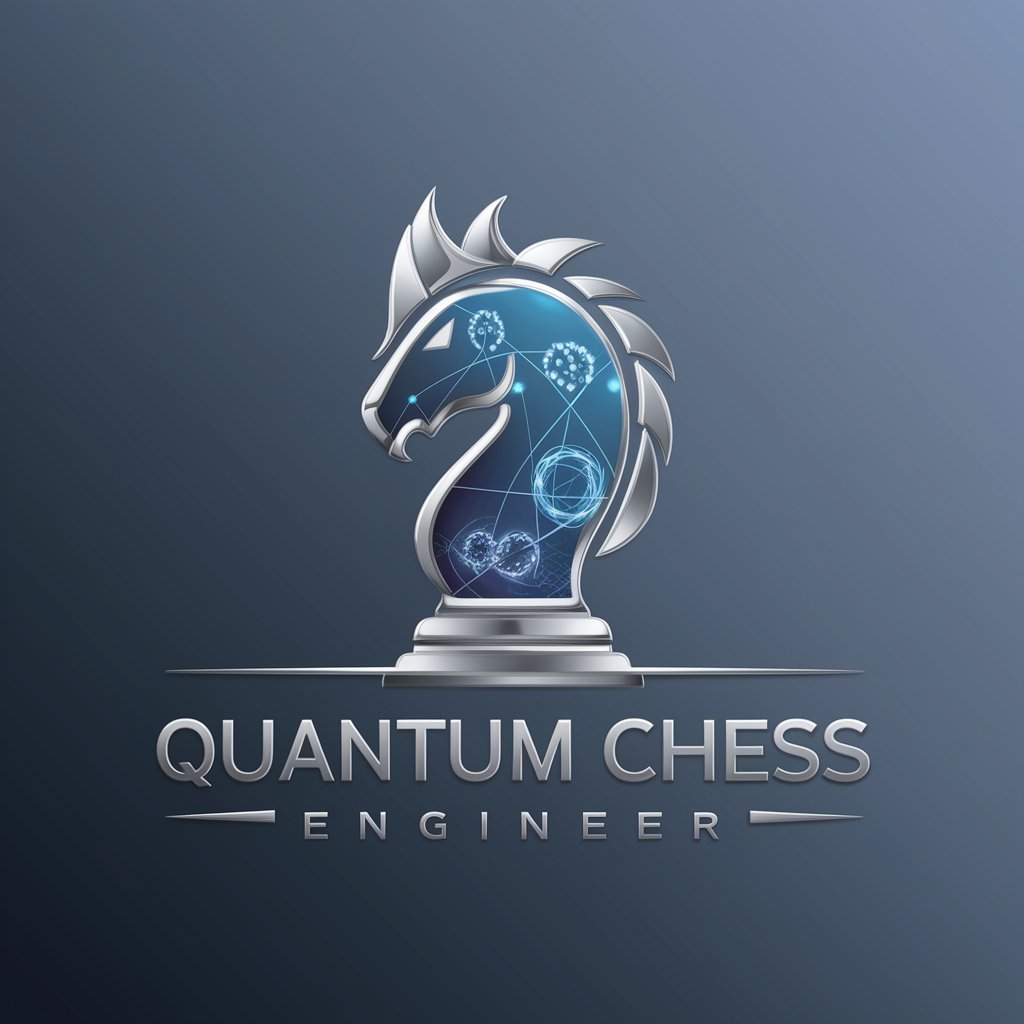
Lets Get Lit GPT Content Creator
Illuminating Fashion's Future with AI

Human Insight Analyzer
Deciphering Human Elements with AI

100 keywords chinese easy way learn
Master Chinese effortlessly with AI-powered pronunciation guides.
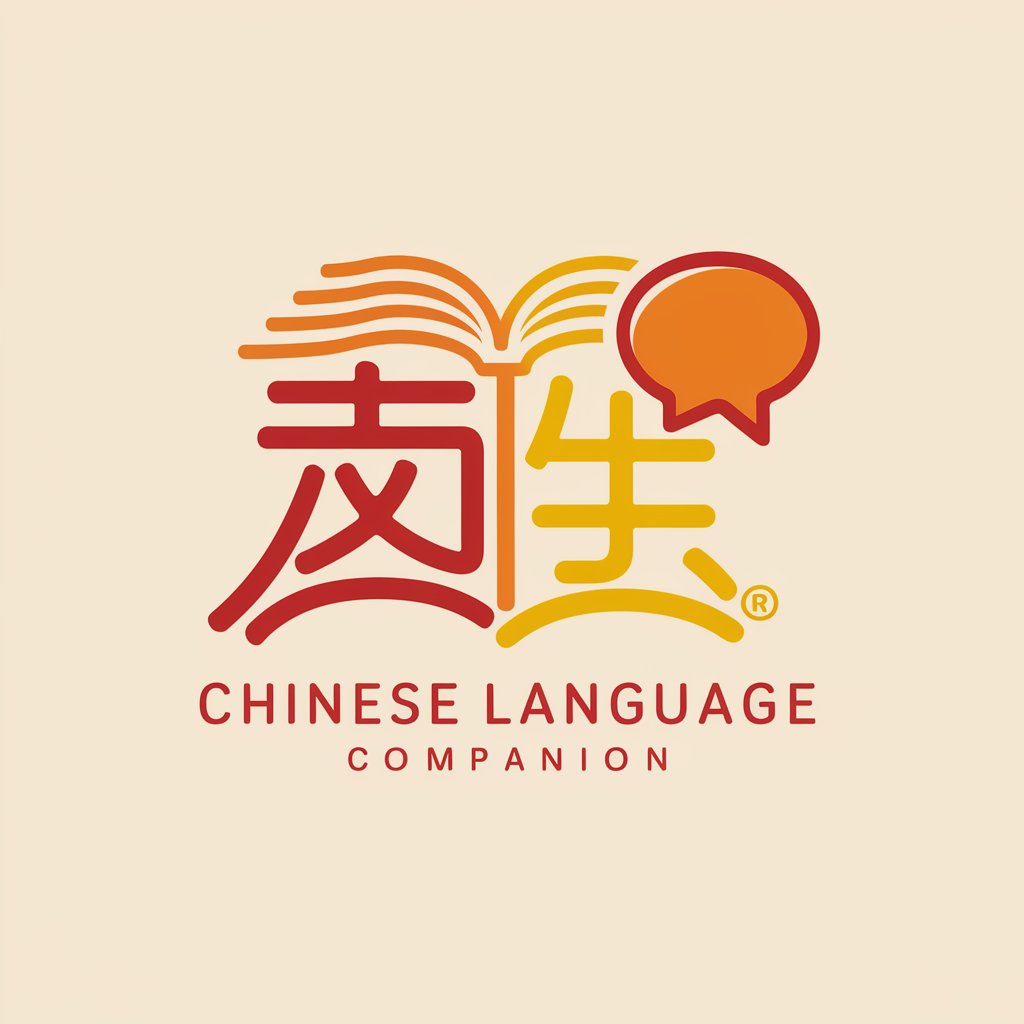
Linear Projection Expert
Demystifying Neural Network Linear Projections with AI
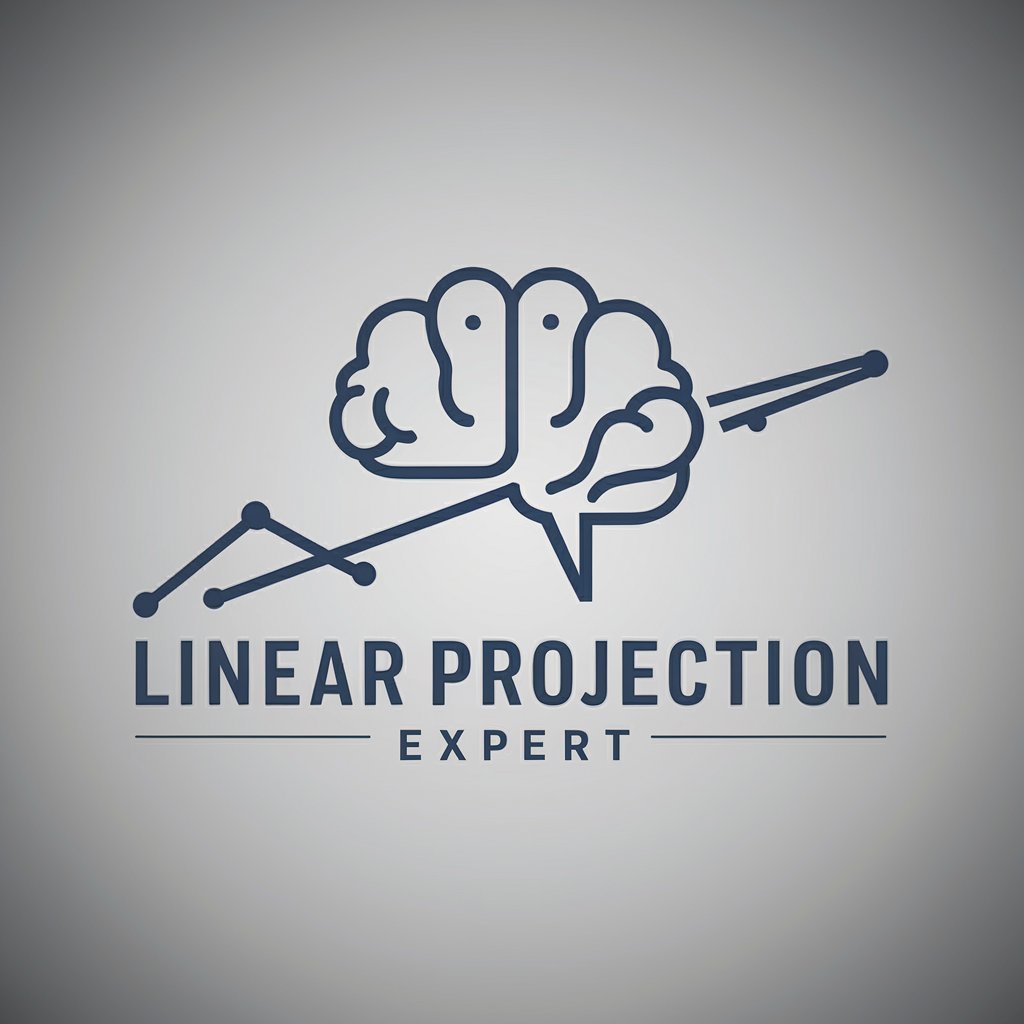
Davidsonai Prompt Engineer
Revolutionizing Transactions with AI and Blockchain
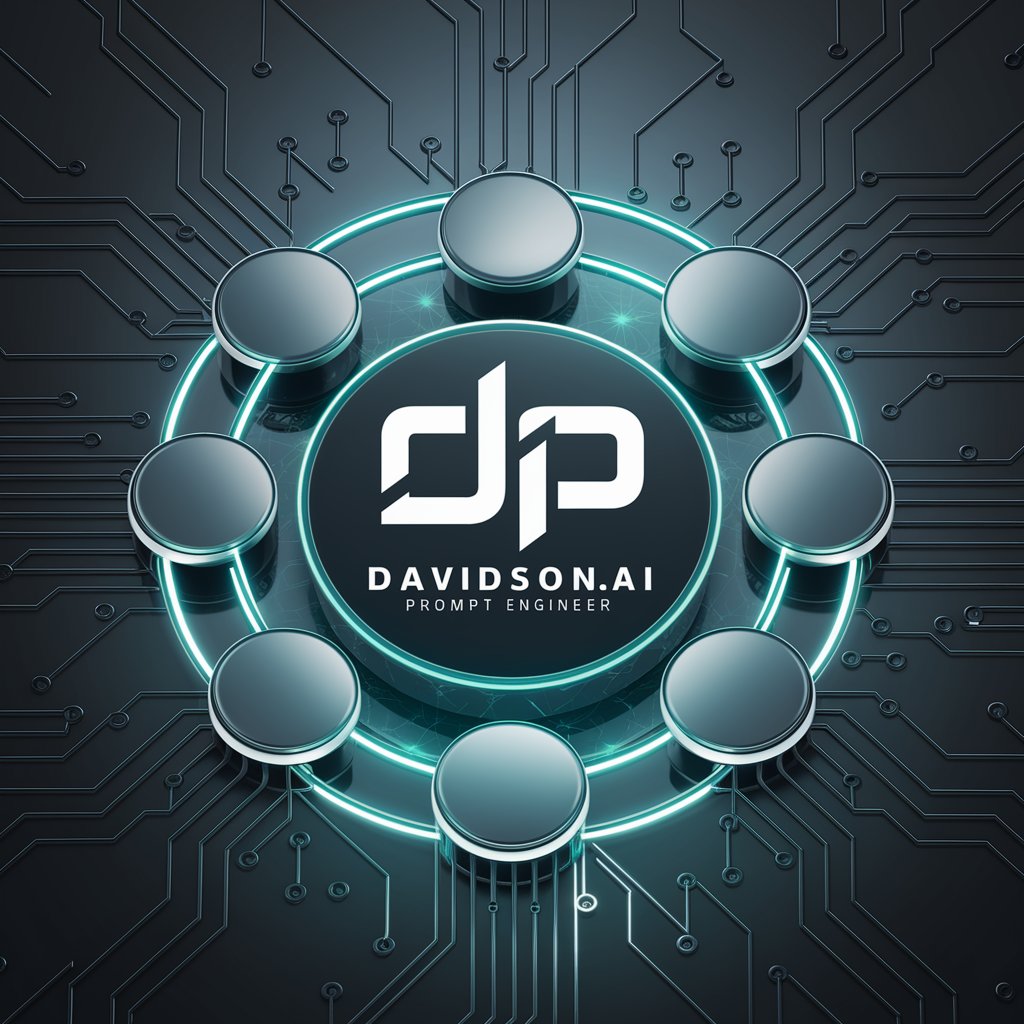
TIP Cybersecurity Course Guide
Empowering Cybersecurity Learning with AI

New Migration Strategy.AU
Empowering Migration Decisions with AI

Frequently Asked Questions About AI Model Efficiency Guru
What is Neural Architecture Search (NAS) and how can AI Model Efficiency Guru help?
NAS is a method used to automate the design of artificial neural networks. AI Model Efficiency Guru can guide you through utilizing NAS techniques to discover optimal network architectures tailored to your specific efficiency and performance goals.
How does dynamic quantization improve model efficiency?
Dynamic quantization reduces the precision of a model's weights and activations on the fly, improving computational efficiency and reducing memory footprint. AI Model Efficiency Guru provides insights on implementing dynamic quantization effectively without significant loss in accuracy.
Can AI Model Efficiency Guru assist with model pruning?
Yes, it specializes in advising on pruning strategies to remove redundant or non-contributing weights from a neural network, thereby reducing model size and improving inference speed, with minimal impact on accuracy.
What are the benefits of using hardware accelerators like TPUs and GPUs?
Hardware accelerators are designed to perform specific types of computations more efficiently than general-purpose CPUs, enabling faster training and inference times for AI models. AI Model Efficiency Guru helps identify how best to leverage these accelerators for your projects.
How can knowledge distillation be applied to enhance model efficiency?
Knowledge distillation involves training a smaller, more efficient model (the student) to mimic the behavior of a larger, pre-trained model (the teacher). This tool provides expertise on executing knowledge distillation processes to retain high accuracy while significantly reducing model complexity.
